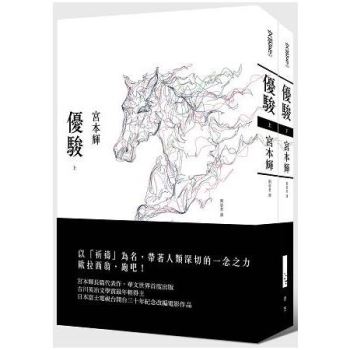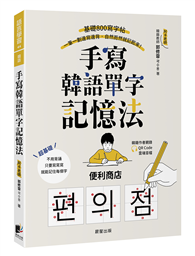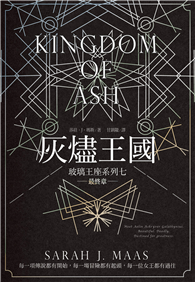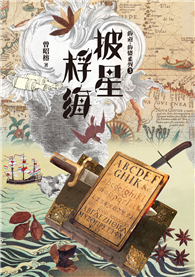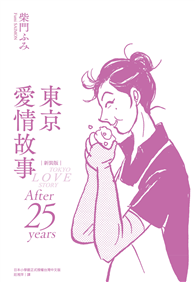At the start of the school year, the pupils of Don Carlos’ class in Year Six are feeling pretty relaxed. They’re not expecting any novelties, and they’re not worried about getting Don Xenaro as their teacher, whose belly is so big the only way he could be a mountaineer is in a lift. But in the school playground, while waiting to go to class, the pupils realize they have a new classmate - another girl! And girls were already a majority. The first thing the new girl, Estrela Canedo, does is give the boy sharing her desk a smackeroo. This sets the cat among the pigeons. She then asks the class if they can be friends. Some of the children take advantage of her gullibility; one boy is called Anxo, which means "Angel", and Estrela thinks he must have a pair of wings. But her spontaneity and candour soon endear her to her classmates. She can take a joke; the only thing she can’t take is when someone gets angry and raises their voice. A businessman, Ramón González, has been kidnapped for six months, and it will take this girl whom the doctors have labelled "backward" and whom the newspapers call "mentally retarded" to show the others the meaning of bravery and to highlight the cowardice of those who would deprive a fellow human being of their freedom. Candour - or truth - can be the only thing that saves us.
Fina Casalderrey is the recipient of the Spanish National Book Award for The Mystery of Lúa’s Children. She is Spain’s candidate for both the Hans Christian Andersen Award and the Astrid Lindgren Memorial Award. Also available in English are the novels Dove and Cut Throat and Just Imagine, Merche!, and the book of short stories Mother-of-Pearl Moons, all in Jonathan Dunne’s translation. Manuel Uhía, the illustrator of this book, has illustrated more than a hundred works of Galician fiction. He is the recipient of illustration awards and has written several children’s books of his own.


